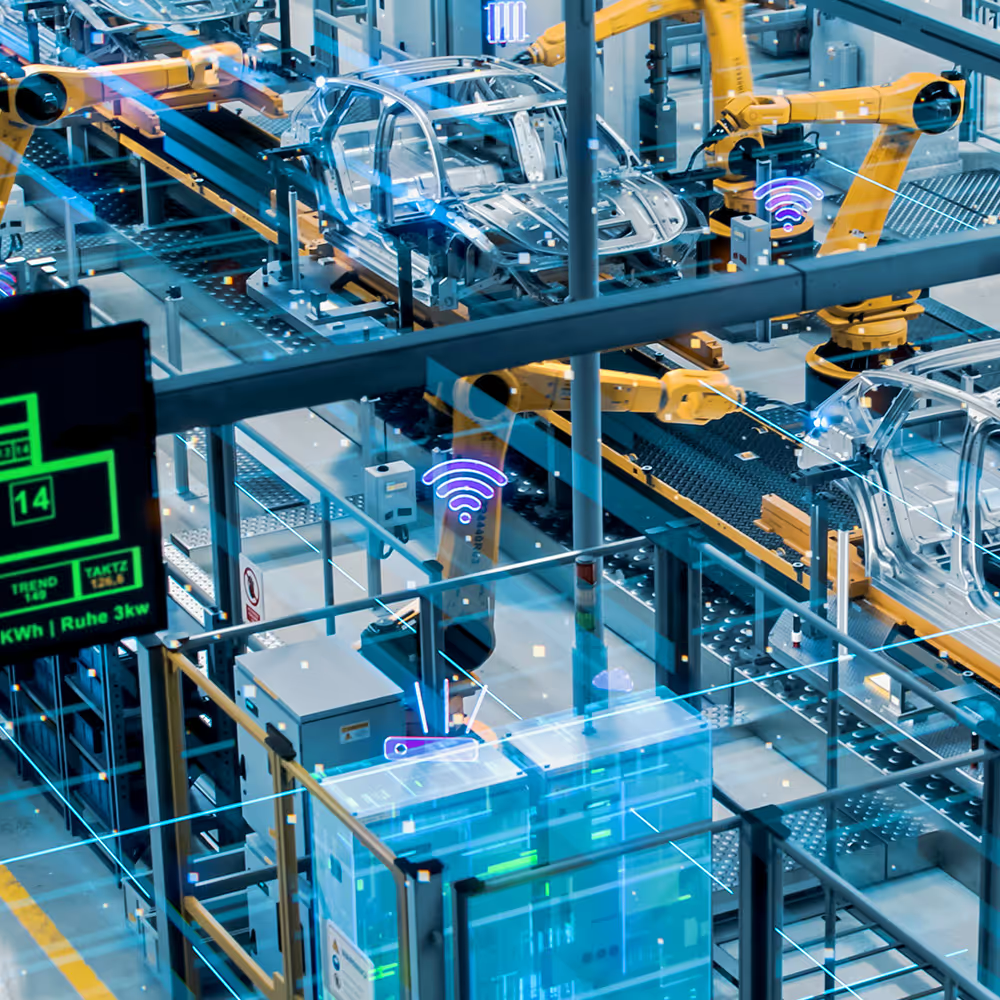Breaking down silos: Edge AI with Shahid Ahmed


Everyone wants to be on the cutting edge, but when it comes to AI, certain businesses are lagging behind their peers on adoption and implementation. On this episode of Catalyst, Clinton is joined by Shahid Ahmed, Group EVP at NTT DATA, to discuss how NTT DATA’s new Edge AI solution is being used to improve efficiency and operations in environments such as factories, hospitals, and beyond.
On the cutting edge
Over the past several years, we’ve integrated AI into our everyday lives and watched some truly remarkable use cases take shape among enterprises. But outside of what Shahid considers “the IT world” in places like shipyards, airports, hospitals, and factories, adoption has been more of a challenge. NTT DATA recently introduced an Edge AI solution to help solve for this.
We’ve become very familiar with GenAI and its capabilities thanks to tools like ChatGPT, Copilot, and the like. These LLMs are static, heuristic based, statistical probabilistic models. Edge AI is actionable and dynamic. It takes real time action on the data that it is receiving and continuously learns, with the whole AI lifecycle running locally on a small compute footprint. This is ideal for non-IT world environments wherein conditions can change at the drop of a hat.
Keeping data under control
As with any form of AI, considerations must be made regarding data handling. This need is heightened in places like hospitals or factories where data is especially sensitive or mission critical.
Helping to power Edge AI is Private 5G (P5G) which secures the data and ensure it stays local. This is critically important for security and is also necessary for Edge AI to be most effective. In physical scenarios where Edge AI is deployed, it must be able to compute in as near real time as possible. Latency to and from the cloud erodes effectiveness, it simply takes too long to compute and put a decision into action. Conversely, compute at the edge, secured by P5G, and charged with Edge AI brings and keeps real-time decision making local.
You can imagine an autonomous drone needing to navigate a collapsed mine, deployed to assess a rapidly changing environment. Edge AI can power the decision making to navigate autonomously in an environment like this where the data - in this case the actual shape and pathways available in the mine to get humans out of danger - suddenly changed.
Empowering the future of innovation
We don’t yet know all the possibilities of AI and what it will become weeks, months, or years from now. However, even the most simplistic-seeming use cases of Edge AI can be powerful. The goal of a solution like NTT DATA’s is to empower third party developers by providing them with the tools to innovate, experiment, and come up with their own innovative use cases. It’s Shahid’s hope that we will someday see a democratization of Edge AI where end users, developers, and leaders across these non-IT world businesses can collaborate and share knowledge. Through technology, it becomes possible to empower workers with tools that can increase their utility, skill sets, and value.
As always, don’t forget to subscribe to Catalyst wherever you get your podcasts. We release a new episode every Tuesday, jam-packed with expert advice and actionable insights for creating digital experiences that move millions.





